Search Images
Browse Content (p. 768)
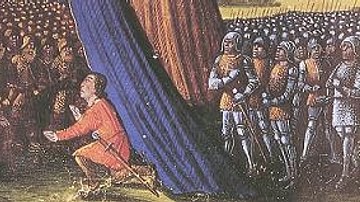
Image
Surrender of Jerusalem (1187 CE)
Balian of Ibelin surrendering the city of Jerusalem to Saladin, from Les Passages faits Outremer par les Français contre les Turcs et autres Sarrasins et Maures outremarins, c. 1490 CE.
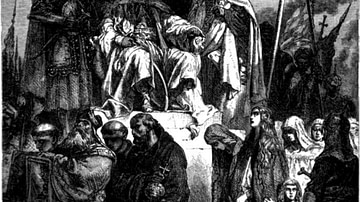
Image
Saladin and the Christians of Jerusalem
The Christians of the Holy City Defiling before Saladin by Alphonse-Marie-Adolphe de Neuville
Source: François Guizot (1787-1874 CE), The History of France from the Earliest Times to the Year 1789, p. 435.
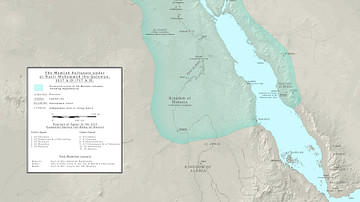
Image
Extent of the Mamluk Sultanate
Map of the Mamluk sultanate during the third reign of al-Nasir Muhammad, 1317 AD, showing its political subdivisions and cities. Borders are approximate only.
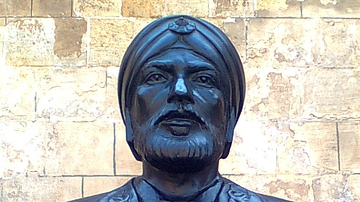
Image
Statue of Sultan Qutuz
A statue of the Mamluk Sultan of Cairo, Saif ad-Din Qutuz (r. 1259-1260 CE)
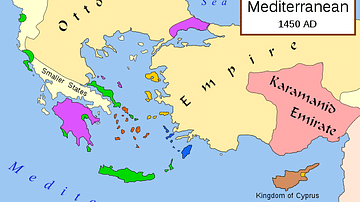
Image
Map of Eastern Mediterranean in 1450 CE
Geopolitical climate in the Eastern Mediterranean before the conquest of Constantinople in 1453 CE.
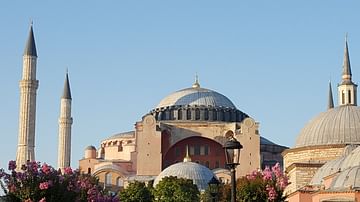
Image
Hagia Sophia
An image of the Hagia Sophia, taken around sunset
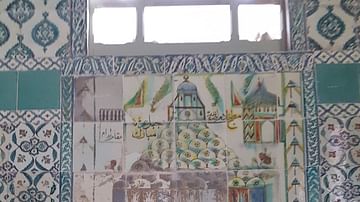
Image
Topkapı Tile Panel Depicting Mount Arafat
A tile panel in Topkapı Palace depicting Mount Arafat

Image
Gennadious Scholarios and Mehmed II
Depiction of Gennadious Scholarios interacting with Mehmed II
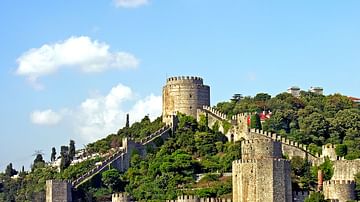
Image
Rumelihisarı
Ottoman fortress Rumelihisarı, Istanbul, built by Mehmed II (1432-1481 CE), Sultan of the Ottoman empire, in 1452 CE.
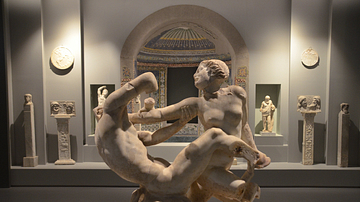
Image
Statue Group of Satyr and Hermaphrodite
This statuary group, representing a hermaphrodite attacked by a satyr, is a Roman copy of the 1st century CE of a Hellenistic original. It stood around the pool of the Villa Oplontis near Pompeii (Italy). The photo was taken at the “Pompeii...